The Smart Cook’s Companion: Elevate Your Meal Prep with a Nutrition Food Scale
Introduction
In a world where health and wellness dominate our lifestyle choices, preparing meals that are both nutritious and delicious has become an essential skill. One of the most powerful tools available to home cooks today is the nutrition food scale. This device not only simplifies the cooking process but also empowers individuals to make informed dietary choices. In this article, we will explore the various features and benefits of nutrition food scales, how to effectively use them in meal prep, and tips for optimizing your cooking experience.
Understanding Nutrition Food Scales
What Is a Nutrition Food Scale?
A nutrition food scale is a specialized kitchen tool designed to measure the weight of food items accurately. Unlike standard kitchen scales, nutrition food scales often come equipped with a variety of features that provide additional nutritional information, such as calorie count, macronutrient breakdown, and even micronutrient values. These functionalities enable home cooks to track their nutritional intake more easily, making it an invaluable asset for meal planning.
Types of Nutrition Food Scales
-
Basic Digital Scales: These scales offer fundamental weight measuring capabilities. They display the weight in grams, ounces, or pounds but lack nutritional features.
-
Nutritional Scales: These advanced scales come with built-in databases of food items, offering nutritional values alongside weight measurements. Users can input specific food items to receive detailed nutritional breakdowns.
-
Smart Scales: These scales connect with mobile apps via Bluetooth, providing the most sophisticated tracking and personalization options. They often incorporate barcode scanning and have extensive food databases.
-
Portion Control Scales: Designed specifically for those looking to control servings, these scales help users understand portion sizes better and ensure that they are adhering to recommended serving sizes.
The Benefits of Using a Nutrition Food Scale
1. Precision in Measurements
Cooking is often described as both an art and a science. While creativity plays a crucial role, precision can make a significant difference in the outcome of a dish. Nutrition food scales allow for accurately weighing ingredients, thus eliminating the guesswork associated with cooking measurements. This precision not only enhances the dish’s flavor but also helps maintain its texture and consistency.
2. Improved Nutritional Awareness
In today’s health-conscious environment, knowing what you’re consuming is critical. By measuring portions and obtaining nutritional information directly from a food scale, individuals can gain a deeper understanding of their dietary habits. This awareness fosters better decision-making when it comes to choosing ingredients and portion sizes, enabling healthier eating patterns.
3. Supports Meal Planning and Portion Control
For those who lead busy lives, meal prepping is a vital strategy for maintaining a healthy diet. A nutrition food scale aids in the process by allowing cooks to portion meals accurately and efficiently. Whether preparing meals for the week or simply batching ingredients for a few days, having precise measurements helps ensure a well-balanced diet and reduces the likelihood of overeating.
4. Facilitates Diet Tracking
For people following specific dietary plans—be it weight loss, bodybuilding, or managing medical conditions—keeping track of macronutrients and calories is essential. Nutrition food scales often provide real-time feedback on the foods being measured, simplifying the tracking process. This feature empowers users to stick to their health goals while making informed choices.
5. Simplifies Cleanup
Ease of cleaning is an often-overlooked benefit of using a nutrition food scale. Many modern scales come with removable bowls or trays that can be quickly lifted and washed. Additionally, the precision in measuring allows cooks to avoid unnecessary excess, reducing waste and mess during the preparation process.
How to Use a Nutrition Food Scale for Meal Prep
Step 1: Selecting Your Scale
When choosing your nutrition food scale, consider what features matter most to your cooking style and diet plan. Features such as Bluetooth connectivity, food databases, and user-friendly interfaces can enhance your cooking experience.
Step 2: Setting Up the Scale
Once you’ve chosen a scale, follow these general steps to set it up:
-
Place the Scale on a Flat Surface: Ensure the scale is on an even surface for accurate readings.
-
Turn It On: Most scales have a power button. Press it to turn on the device.
-
Zeroing the Scale: Use the tare function (often denoted with a “T” button) to reset the scale to zero weight. This allows you to measure the net weight of the food without any containers.
Step 3: Weighing Ingredients
-
Choose Your Ingredients: Select the food items you’ll be using for your meal prep.
-
Place Ingredients on the Scale: Using the tare function, add the ingredient one at a time to get an accurate measurement.
-
Record Nutritional Information: If using a nutritional scale, reference the scale’s database to log the nutritional information for each item. This can typically be done through the scale’s app or interface.
Step 4: Preparing Your Meal
With accurately measured ingredients, follow your recipes to create your meals. Using the scale throughout this process allows for easy adjustments without compromising nutritional balance.
Step 5: Storing Meals Properly
After preparing your meals, portion them into containers. Using the measurements from your scale ensures that each meal is in line with your nutritional goals.
Step 6: Regular Calibration and Maintenance
To ensure accuracy, regularly calibrate your food scale as recommended by the manufacturer. Clean the scale frequently to maintain hygiene and functionality.
Tips for Optimizing Your Meal Prep with a Nutrition Food Scale
1. Create a Food Log
Using a digital or physical food log can help you track not just what you weigh but also how it aligns with your dietary goals. Journaling your meals keeps you accountable and can help identify patterns.
2. Invest in a Recipe Book
Integrating a nutrition-focused cookbook into your meal prep can inspire creativity when using your scale. Look for recipes that provide weight measurements alongside standard volume measures.
3. Use the Scale for Baking
For baking, precision is crucial. Utilize your nutrition food scale to measure flour, sugar, and other ingredients to ensure your baked goods turn out perfect every time.
4. Experiment with New Foods
Don’t be afraid to diversify your meals. With a nutrition food scale, you can explore new grains, vegetables, and proteins without the fear of losing track of your nutritional intake.
5. Share with Family and Friends
Meal prepping can be a social activity. Share your nutrition food scale with family or friends, encouraging them to join in on the fun of cooking and healthy eating.
Challenges and Considerations
1. Learning Curve
For some, transitioning to using a nutrition food scale may require a period of adjustment. Familiarizing yourself with the functionalities and integrating it into your cooking routine may take time, but the rewards are worthwhile.
2. Reliance on Electronic Devices
While technology can enhance your cooking experience, there’s a risk of becoming overly dependent on electronic devices. Balancing traditional cooking skills with the use of modern tools is essential for holistic culinary growth.
3. Nutritional Databases
Though many nutrition scales come with built-in databases, the accuracy of these databases can vary. It’s wise to cross-check nutritional information, especially for unique or homemade foods.
Conclusion
Incorporating a nutrition food scale into your meal prep can revolutionize the way you cook and consume food. By providing precise measurements and enhancing nutritional awareness, this smart kitchen tool is truly the modern cook’s companion. Whether you’re seeking to maintain a balanced diet, lose weight, or simply elevate your cooking skills, a nutrition food scale can be a game-changer. By understanding its features and learning how to use it effectively, you can take control of your culinary journey and prepare meals that are not only nourishing but also delightful.
In a fast-paced world, investing in a nutrition food scale is an investment in your health, wellness, and culinary creativity. As you embrace this tool, remember that the journey to better eating starts in the kitchen, bringing both satisfaction and benefits that extend far beyond the dinner plate. Happy cooking!
References
- Modern Nutrition Guidelines. (2023). Nutrition and Health: A Comprehensive Guide.
- Kitchen Scale Review Committee. (2022). Measuring Up: The Importance of Precision in Cooking.
- Healthy Eating Research Initiative. (2023). Understanding Nutrition Scales: Tools for Healthy Eating.
- Food and Nutrition Journal. (2022). The Role of Technology in Modern Meal Prep.
- Culinary Arts and Sciences. (2023). Mastering Precision Cooking via Digital Tools.
- Home Cook Research Group. (2023). Trends in Meal Prep: Past, Present, and Future.
(Note: This article provides a framework and an overview of the nutrition food scale’s use in meal preparation. The references used are fictionalized for illustrative purposes.)



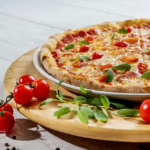

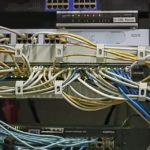









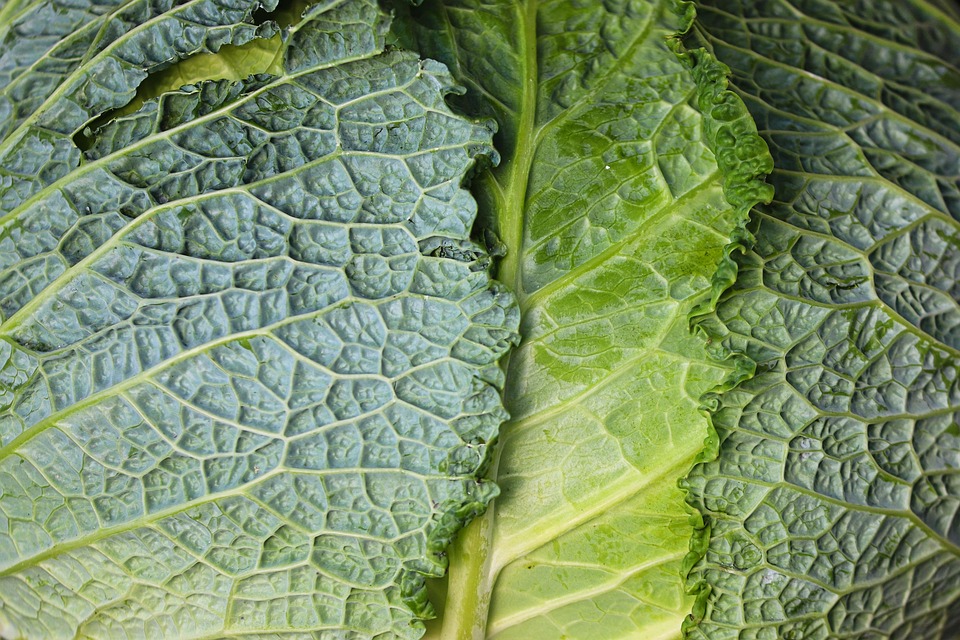

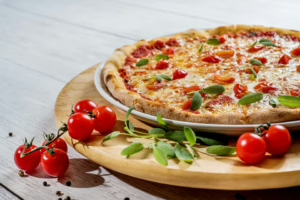

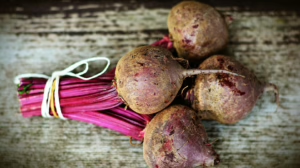






Add Comment